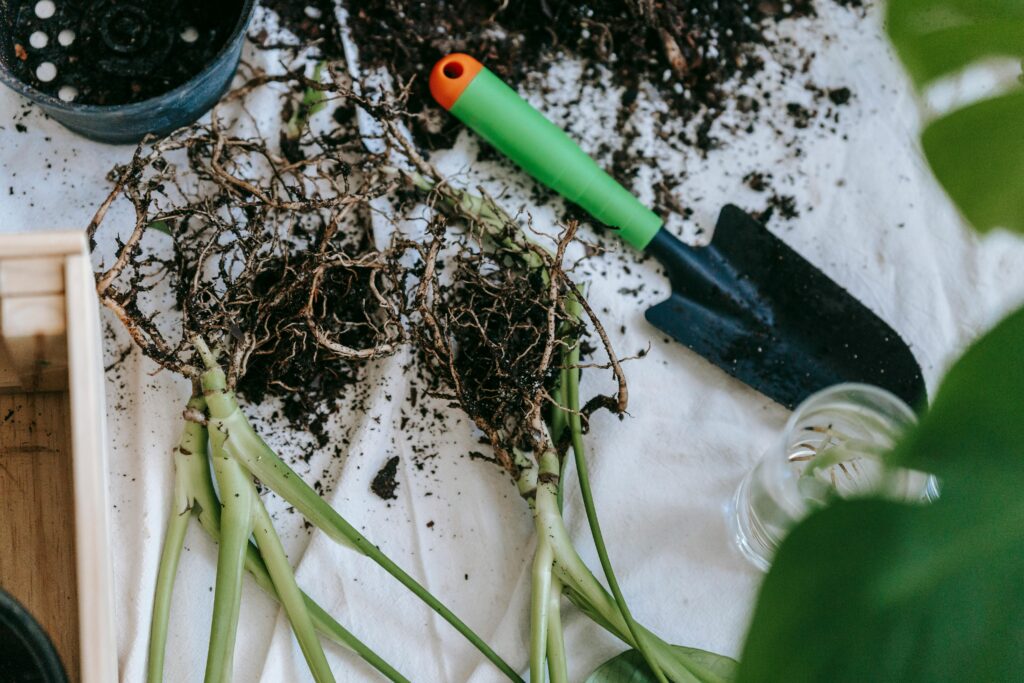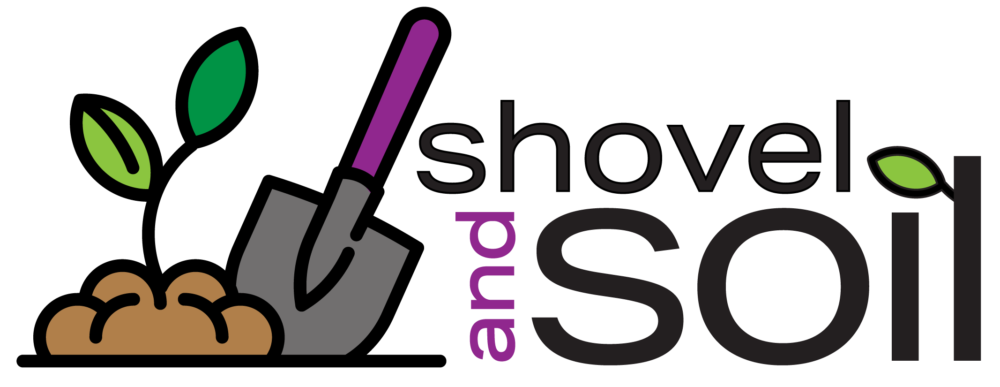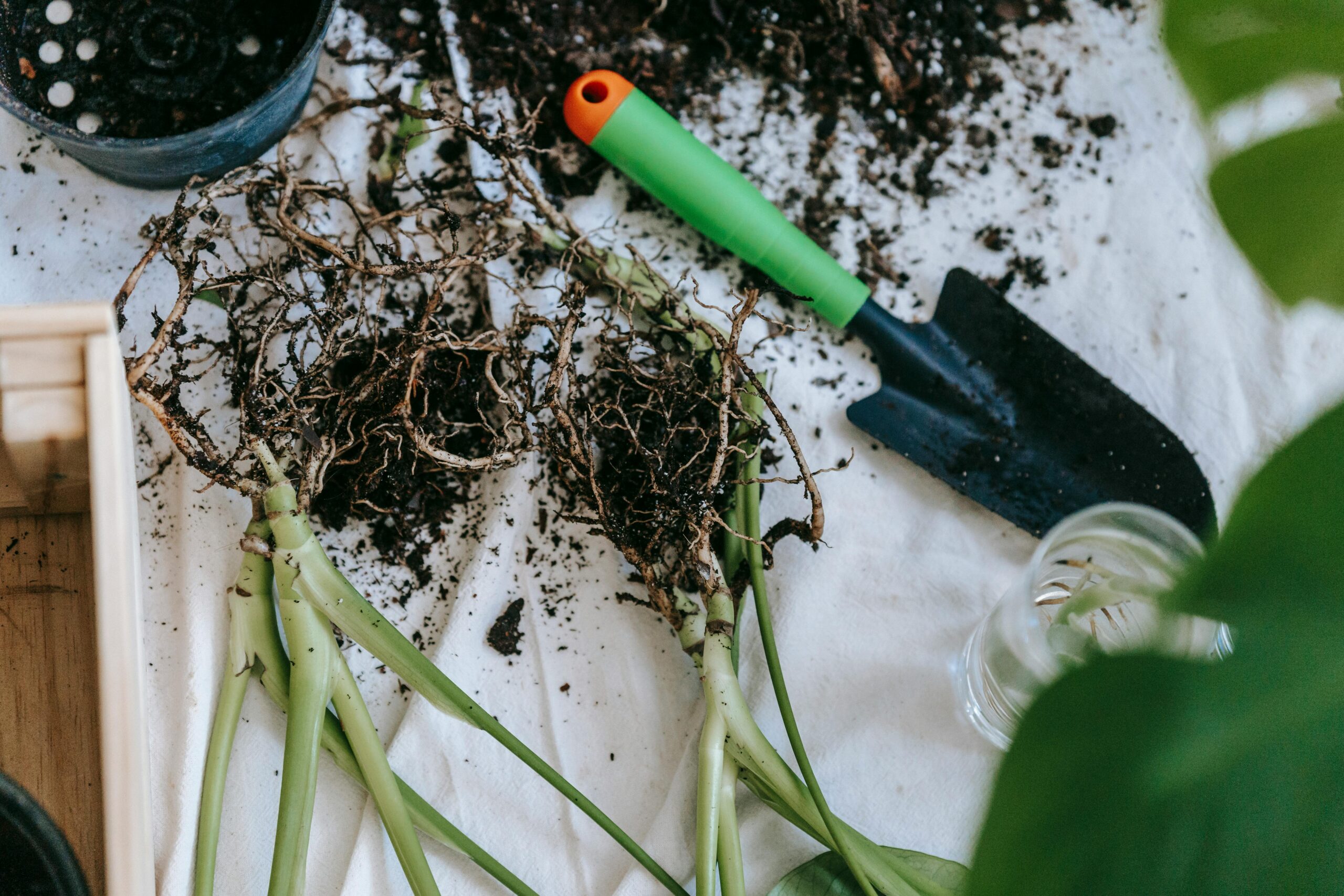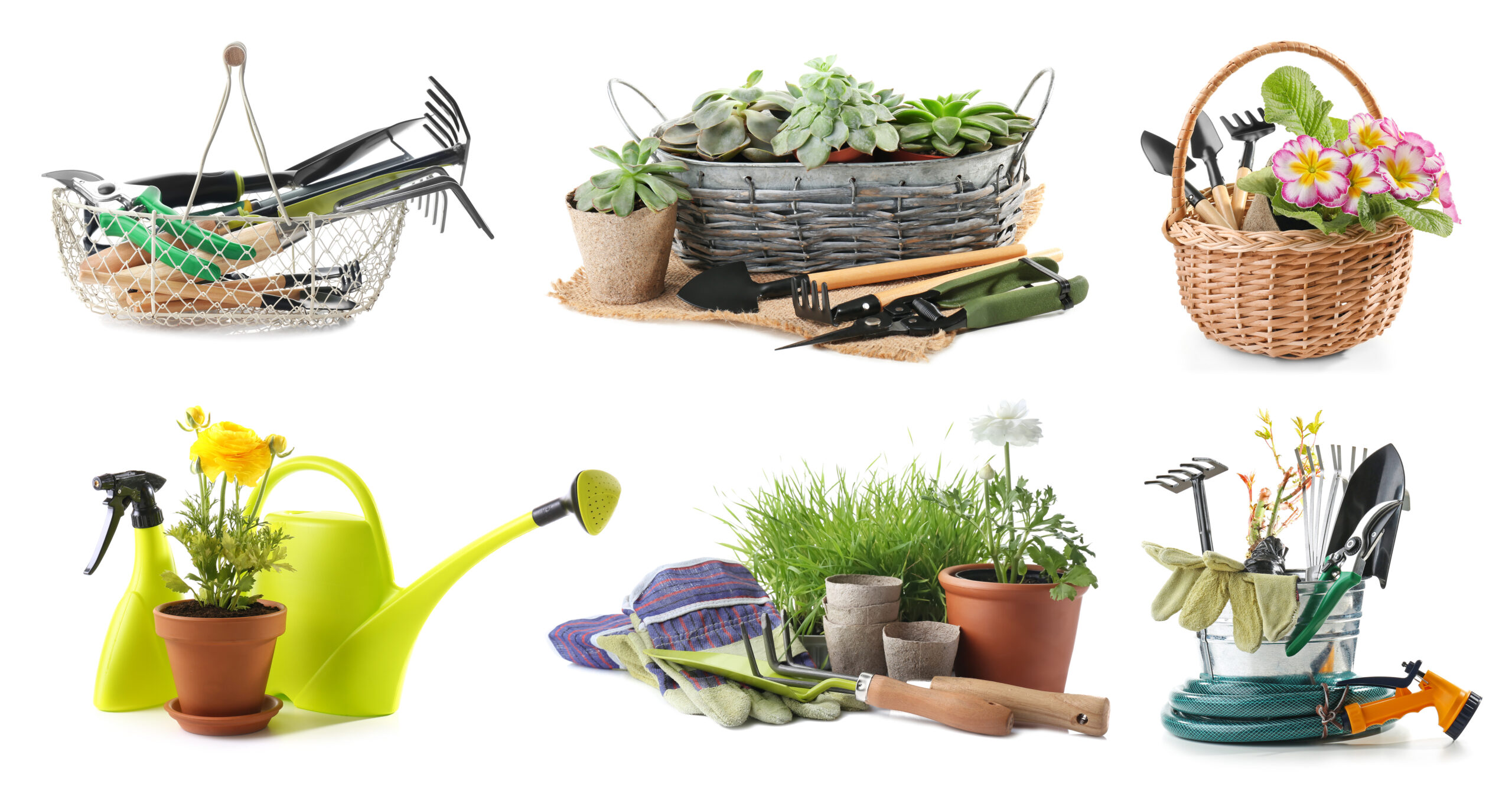
Embracing Permaculture: A Sustainable Approach
Permaculture is a design philosophy that mimics the patterns and relationships found in nature to create sustainable and self-sufficient ecosystems. Applying permaculture principles to home gardening involves more than just growing food; it’s about creating a harmonious, integrated system that supports both the environment and the gardener. By observing natural processes, we can design gardens that are both productive and sustainable, reducing waste, conserving resources, and creating a more resilient garden ecosystem.
Observation and Interaction: The Foundation
The first step in applying permaculture principles is observation. Spend time in your garden space, noting sun patterns, wind direction, soil conditions, and existing vegetation. Understanding these elements allows you to work with nature rather than against it, placing plants where they will thrive naturally and designing your space to be more efficient and productive. Interaction with your garden helps you learn from successes and failures, adapting your approach to improve over time.
Capturing and Storing Energy: Maximizing Resources
In permaculture, capturing and storing energy ensures resources are available when needed. This can involve collecting rainwater in barrels for irrigation, using compost to enrich the soil, or planting deciduous trees to provide summer shade and winter sunlight. By thinking ahead and designing your garden to capture and store energy, you can reduce reliance on external resources and create a more self-sustaining garden.
Obtaining a Yield: The Reward of Permaculture
Permaculture emphasizes the importance of obtaining a yield from your garden, whether it’s food, beauty, or habitat for wildlife. Design your garden to produce yields at different times throughout the year, ensuring a continuous supply of resources. This not only provides tangible rewards for your efforts but also motivates continued care and development of your garden ecosystem.
Applying Self-regulation and Accepting Feedback
A permaculture garden is a living system that requires monitoring and adjustment. Pay attention to what your garden is telling you. If certain plants are struggling or pests are a problem, it’s feedback that something needs to change. Perhaps it’s adjusting watering practices, introducing beneficial insects, or changing plant locations. Accepting feedback and applying self-regulation helps you fine-tune your garden to be more resilient and productive.
Using and Valuing Renewable Resources and Services
Prioritize the use of renewable resources in your garden to reduce your environmental impact. This includes using solar energy to power garden lights, employing manual tools instead of gasoline-powered ones, and choosing natural pest control methods over chemical pesticides. Valuing these renewable resources encourages a more sustainable approach to gardening and living.
Producing No Waste: A Closed-loop System
In permaculture, waste is viewed as a resource out of place. Implement practices that recycle waste back into the garden, such as composting kitchen scraps and yard waste to create nutrient-rich soil amendments. Design your garden to minimize waste, using plant trimmings as mulch and repurposing household items as garden tools or planters. Creating a closed-loop system where nothing is wasted enhances the sustainability of your garden.
Designing from Patterns to Details
Permaculture design starts with broad patterns—such as sun and wind exposure, topography, and water flow—and works down to the details, like plant selection and placement. This approach ensures that the garden’s layout is optimized for the natural conditions of the site, making it more efficient and productive. It’s a reminder to look at the big picture first, then focus on the specifics.
Integrating Rather than Segregating
In nature, everything is interconnected, and permaculture seeks to replicate this integration. Plant a mix of crops together to mimic natural ecosystems, which can improve pollination, reduce pests, and enhance soil health. Design your garden so that each element serves multiple purposes, creating a diverse, interconnected system that supports itself.
Applying permaculture principles to your home garden transforms it into a sustainable, productive ecosystem that not only yields abundant harvests but also supports the health of the planet. By observing nature, valuing diversity, and designing with intention, home gardeners can create spaces that are not just places to grow food, but also habitats for wildlife, areas for relaxation and learning, and contributions to a more sustainable world.



